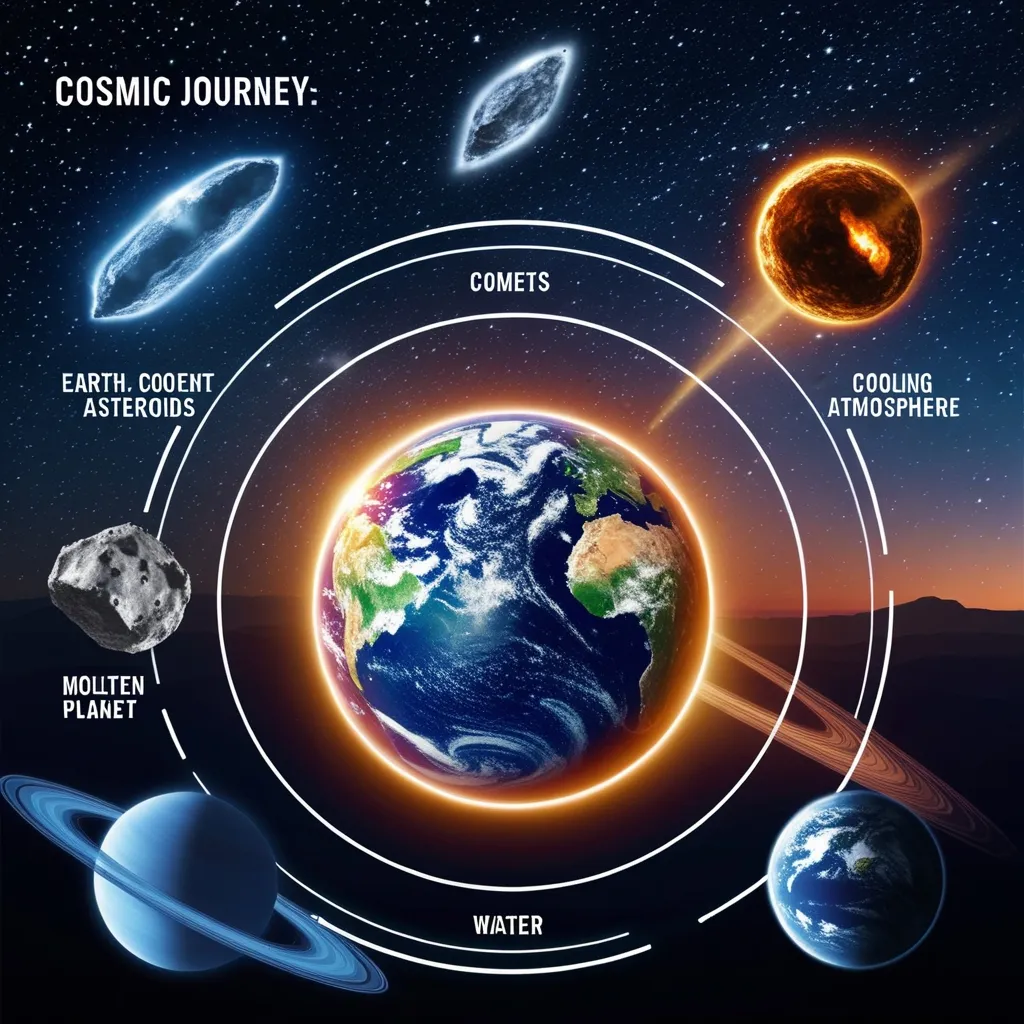When we think about the butterfly effect, we often imagine a delicate butterfly flapping its wings in one part of the world and causing a tornado in another. This concept, popularized by Edward Lorenz and Ray Bradbury, suggests that tiny changes in initial conditions can lead to significant differences in outcomes. But what if we take this idea to the quantum level? Could microscopic quantum fluctuations be shaping our universe in ways we can’t even begin to comprehend?
To delve into this fascinating realm, let’s start with the basics. In classical physics, the butterfly effect is a cornerstone of chaos theory, illustrating how sensitive complex systems are to their initial conditions. However, when we enter the quantum world, things get intriguingly different. Recent research using quantum computers has shown that, unlike their classical counterparts, quantum systems do not exhibit the butterfly effect in the same way.
Imagine a scenario where you send a qubit, or quantum bit, back in time and then damage it. In a classical system, this small disturbance would likely cascade into significant changes when you return to the present. But in the quantum realm, something remarkable happens. When the qubit returns to the present, it appears largely unaltered, as if the system has a built-in mechanism to heal itself from the damage inflicted in the past.
This phenomenon, often referred to as the “no-butterfly effect” in quantum mechanics, was demonstrated by researchers at Los Alamos National Laboratory. They used a quantum computer to simulate time travel, sending qubits into the simulated past, damaging one of them, and then returning to the present. Surprisingly, the damage caused in the past had only a minimal impact on the present state of the qubits. This suggests that quantum systems have an inherent resilience to small disturbances, a property that could have significant implications for information storage and retrieval.
But how does this work? The key lies in the concept of entanglement, where qubits become interconnected in such a way that their properties are correlated, regardless of the distance between them. When a qubit is damaged in the past, the entanglement with other qubits helps to restore its original state when it returns to the present. This natural entanglement acts as a protective mechanism, ensuring that the information encoded in the qubits is not lost due to minor disruptions.
This discovery has practical applications, particularly in the development of quantum information devices. For instance, it could lead to the creation of quantum hardware that can hide information in a way that makes it resistant to tampering. Even if an intruder attempts to damage the state of the qubits, the entangled system can recover the useful information with ease. This makes quantum systems potentially more secure than their classical counterparts.
But the implications go beyond just technology. If we consider the universe as a vast, interconnected quantum system, the no-butterfly effect raises intriguing questions about the nature of reality itself. Could it be that our universe is less sensitive to microscopic fluctuations than we think? Or does this effect only apply at the quantum level, with classical physics taking over at larger scales?
To explore this further, let’s consider the concept of quantum chaos and how it differs from classical chaos. In classical systems, chaos theory predicts that small changes can lead to drastically different outcomes over time. However, in quantum systems, the presence of quantum correlations and entanglement seems to mitigate this sensitivity. This suggests that while the universe may be chaotic at a classical level, it could be more stable and resilient at the quantum level.
The idea that quantum fluctuations might influence our universe on a grand scale is both captivating and speculative. Some scientists propose that these fluctuations could explain everything from personality quirks to major historical events. However, this is a leap into the realm of speculation, where the boundaries between science and science fiction blur.
Imagine a world where certain individuals or groups could harness the power of quantum fluctuations to subtly steer reality. While this sounds like the stuff of science fiction, it’s an interesting thought experiment. If quantum systems are indeed less sensitive to small disturbances, could there be ways to manipulate these systems to achieve specific outcomes? The answer, for now, remains firmly in the realm of speculation.
However, the research does open up new avenues for understanding the interplay between quantum mechanics and our everyday world. For instance, the no-butterfly effect could be used to test whether a quantum processor is truly operating according to quantum principles. If a processor exhibits this effect, it’s a strong indication that it’s functioning as a genuine quantum computer.
As we continue to explore the mysteries of the quantum world, we’re faced with more questions than answers. How does the classical world emerge from the quantum world? To what extent does the no-butterfly effect apply in the macroscopic world of our everyday experience? These are questions that physicists are still grappling with, and the answers will likely require further experimentation and theoretical work.
One potential approach to answering these questions involves using ultracold atoms to simulate quantum systems in a laboratory setting. By studying these systems, scientists hope to demonstrate the no-butterfly effect under conditions that could be applied to practical problems, such as protecting quantum information.
In conclusion, the idea that microscopic quantum fluctuations could be shaping our universe is a mind-bending concept that challenges our understanding of cause and effect. While the no-butterfly effect in quantum mechanics provides a fascinating glimpse into the resilience of quantum systems, it also raises profound questions about the nature of reality and our place within it.
As we navigate this complex and intriguing landscape, we’re reminded that the universe is full of mysteries waiting to be unraveled. Whether or not we can harness the power of quantum fluctuations to influence reality remains a topic for speculation, but one thing is clear: the quantum world is full of surprises, and each new discovery brings us closer to understanding the intricate web of cause and effect that underpins our cosmos.






